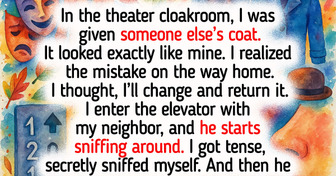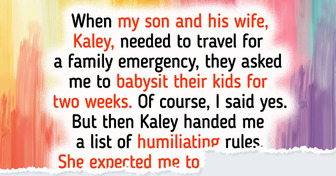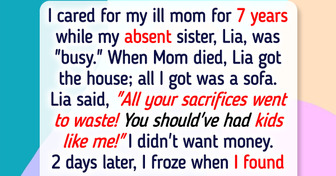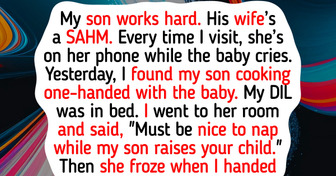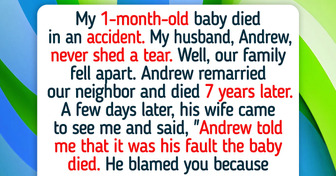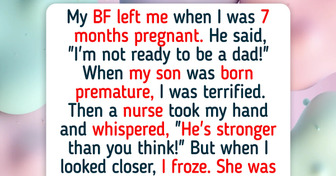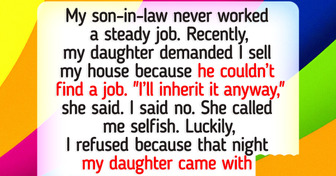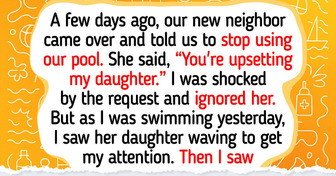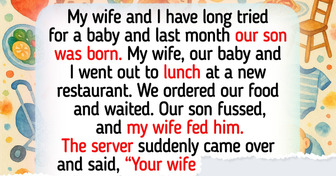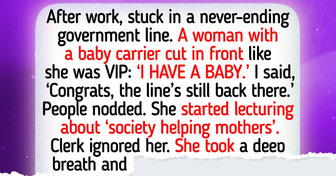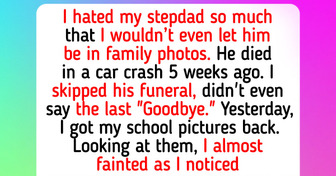15+ Plot Twists That Prove Nothing Is As It Seems
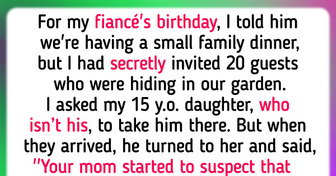
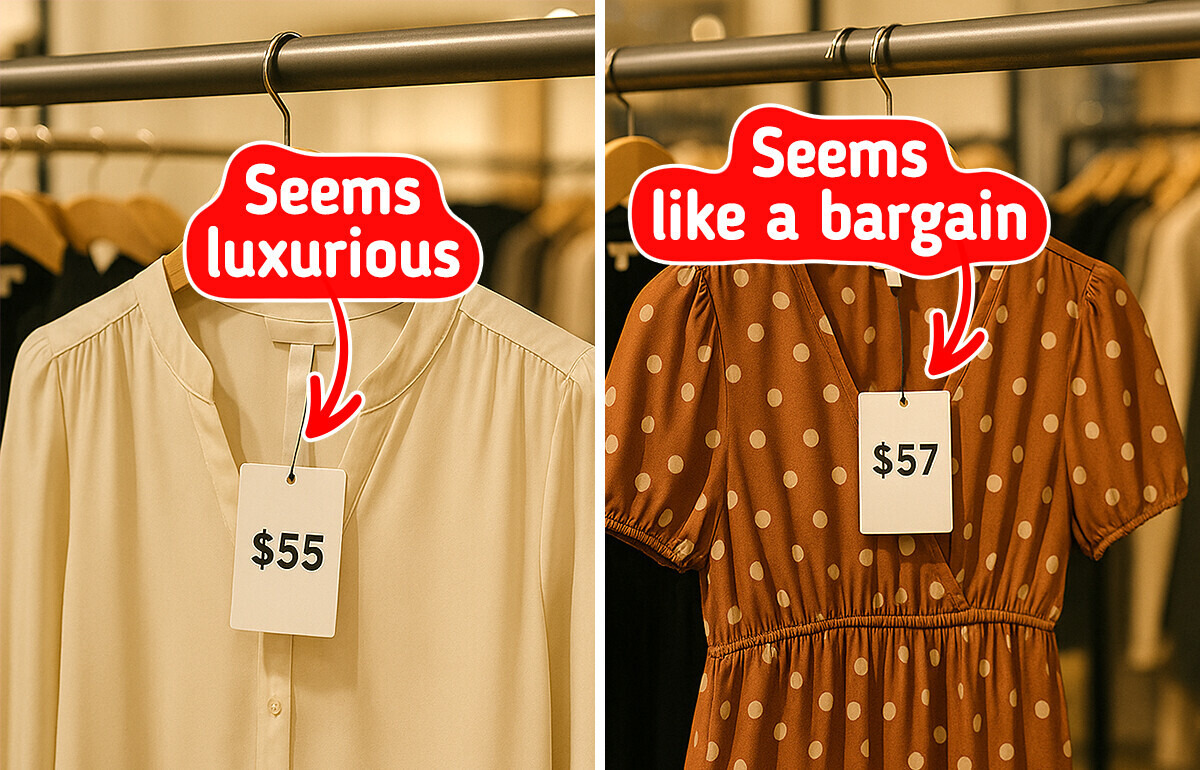
We believe we make purchases consciously, but marketeers have long since learnt to think for us. From the color of price tags to cleverly placed products, these are not coincidences, but carefully developed strategies. We put together examples of marketing tricks that work almost without fail, so that from now on it will be easier for you not to fall victim to these manipulations.
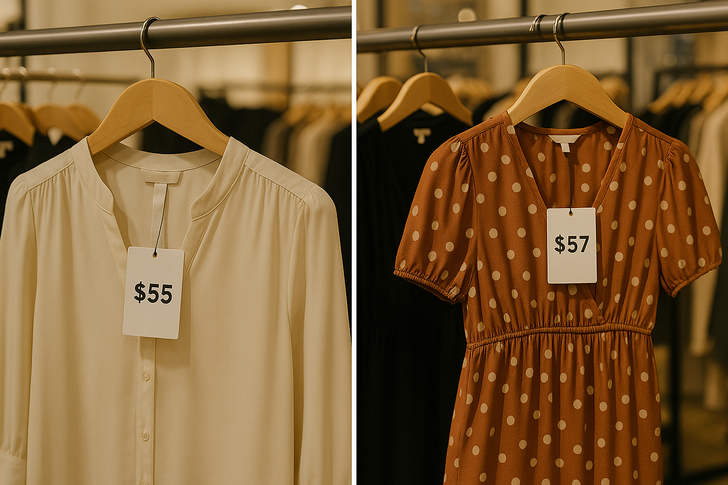
A price ending in 0 or 5 works best, and products seem luxurious. That’s how the brain thinks, “Expensive means quality.” But if you want the product to seem like a bargain, then draw a 7, 9 or 3 at the end. The magic of numbers really affects sales.
Combining items into a set can also encourage people to buy, especially if each item is priced “even” and the total is 1 or 2 less. For example, 499 instead of 500. It’s a small thing, but it’s perceived as a super benefit.
When you have a million things to do and your head is spinning, any reminder can prompt a purchase. Especially if there are words like “sale,” “discount,” “only,” or “benefit.” And if the price ends with 9 — that’s it, the brain is convinced: it’s cheap, we have to take it!
This also includes a simple technique that often helps to greatly increase sales — adding the words “new” or “newest” to the title or price tag. However, in this case, it’s important to use it moderately, so as not to undermine consumer confidence.
Imagine walking past a bakery and being offered free biscuits. Delicious! And you’re likely to go inside to buy a whole box. Why? Because the “it’s already mine” effect has kicked in.
That’s why giving away free samples is an effective marketing tool. Having tried the product, the consumer begins to perceive it as something that belongs to them, and they are more willing to make a purchase. Plus, the principle of reciprocity also comes into play: if we are given something as a “gift,” there is a desire to “give thanks.”
Giving discounts to students, retirees or new customers creates a feeling of care and recognition among consumers. The customer feels important, needed, feels that they are taken care of. And, of course, they are more willing to return to a shop like this.
Color has a strong influence on brand perception and consumer emotions. That’s why companies carefully select color palettes for logos, packaging, and websites. Red stimulates a sense of urgency and the desire to buy immediately, blue evokes trust and calmness, green is something natural and relaxing.
Consumers tend to be guided by the actions and opinions of others. Everyone buys, so I need to buy as well. Who wants to be a black sheep? Marketeers know this, so they write everywhere “Best Seller,” “Customers’ Choice,” “1 million satisfied customers,” etc. This creates an impression of popularity and reliability.
And, of course, don’t forget about the wonderful reviews. According to statistics, almost 70% of people read at least 7 reviews before buying. This is not just a text, it is social proof: if others liked it, it means that it will suit me too. That’s why brands show that a product is popular, everyone is buying it, and you just have to keep up.
Feelings of deficiency and urgency are powerful psychological triggers that play on our fear of missing out. When a brand says that there are only 3 pieces left or that a promotion will end in 2 hours, we subconsciously start to see this purchase as a unique opportunity.
The product immediately becomes more desirable, even if we weren’t particularly interested in it before. Being limited in time or quantity creates a sense of exclusivity, and we start acting impulsively. This is why things like “sudden” sales or Black Friday work — time is short, chances are slim, so we have to take it.
The decoy effect is a clever marketing technique where a third, clearly less favorable, option is added to the basic options to push us toward the right choice. For example, there is a basic plan for $20, a premium plan for $50, and in between there is a decoy plan for $45. Against its background, the premium option no longer seems so expensive, but on the contrary — it looks reasonable and favorable.
And although initially you could choose the basic plan, now your hand itself reaches for the most expensive option. All because the brain compares not logically, but on contrast. This psychological trick often works — and we spend more without even noticing how carefully we have been led to it.
It’s a subtle but powerful way to evoke emotion and be remembered. Scents are directly linked to memory, so the smell of freshly baked pastries or coffee in cafés and bookshops is not an accident, but a deliberate move. They create the feeling of coziness and increase the desire to stay and buy something.
Companies select fragrances for the mood in which they want the clients to be: citrus odors invigorate, vanilla soothes, mint is associated with freshness and cleanliness. With this kind of covert manipulation, perhaps only people with a stuffy nose will be able to buy wisely.
And here are tips how to outsmart marketing tricks.

